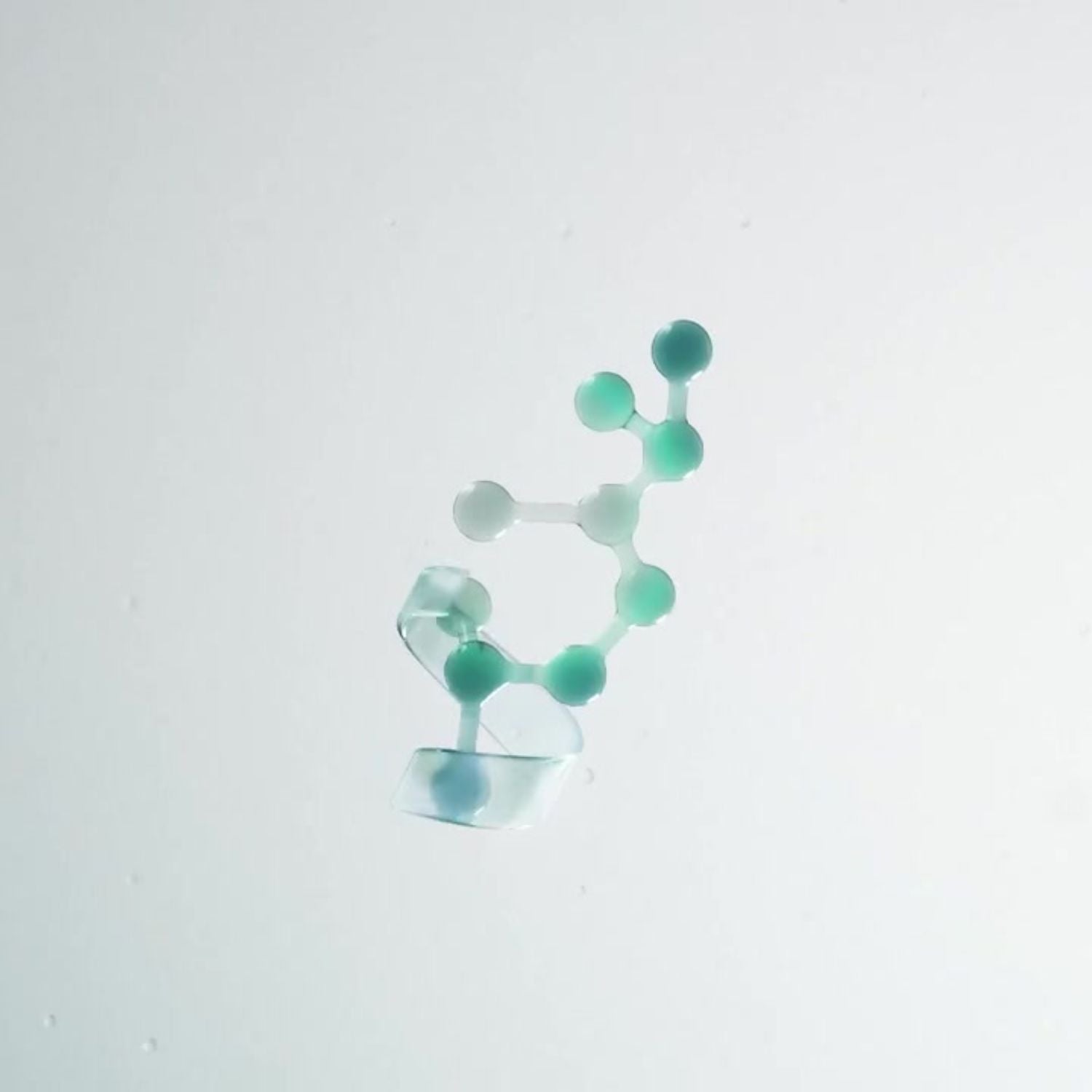Postpartum hair loss is often dismissed as “normal,” but what if there’s more to the story? For decades, women have been told that shedding hair after pregnancy is just a side effect of rapidly shifting hormone levels. However, emerging research points to the possibility of an additional pathophysiology involving stress-induced follicular aging and cellular senescence.
Pathophysiology of Postpartum Hair Loss
Postpartum hair loss, often referred to as postpartum telogen effluvium (PPTE), is a prevalent but temporary form of hair loss that affects approximately one-third to one-half of postpartum women. This condition typically emerges between two to four months after childbirth, presenting as a diffuse rapid shedding of hair that can be distressing for new mothers.[1]
The prevailing medical explanation is that since estrogen keeps more follicles in the growth (anagen) phase during pregnancy, a large portion of follicles get pushed into the shedding (telogen) phase after pregnancy. In most cases, hair growth normalizes within six months to one year.[3]
PPTE quite closely resembles other forms of telogen effluvium triggered by major stressors like illness, surgery, or sudden weight loss, which also manifests as rapid diffuse shedding 2–4 months after the event. The resemblance indicates that postpartum hair loss could be linked to the body’s stress response to a sudden fluctuation in hormones and the physical stress of childbirth and pregnancy. When added stressors like sleepless nights, potential nutrient deficiencies, and the general stress of motherhood are factored in, hair loss can continue longer than six months into what is known as chronic telogen effluvium. Additionally, some women notice that hair density does not return to its pre-pregnancy fullness, suggesting additional causes for hair loss besides hormonal rebalancing.
Postpartum Hair Loss and Hair Follicle Cellular Senescence
While changes in hormones and postpartum stress explain one side of the story, emerging evidence suggests that much more is happening at the cellular level within hair follicles. While further research is needed, cellular senescence is thought to play a significant role in stress-related hair loss. [5,6]
For example, CRH, a stress-regulating hormone, has been shown to drive senescence in hair follicle cells by prematurely shifting them out of the anagen (growth) phase. During pregnancy, CRH levels rise dramatically— reaching concentrations 1,000 to 10,000 times higher than in non-pregnant individuals—and are believed to contribute to the initiation of labor. [7,8]
Moreover, pregnancy has been linked to a temporary acceleration of biological aging. Epigenetic studies indicate maternal biological age increases during pregnancy and partially reverses postpartum. This suggests that aging pathways, including senescence, may be particularly active during pregnancy. Interestingly, women with preeclampsia, a condition that poses many serious health complications during and after pregnancy, display higher levels of systemic senescence. [10,11]
Given that cellular senescence has been implicated in hair thinning and follicular dysfunction, it is plausible that pregnancy-associated senescence and CRH-induced follicle senescence may contribute to postpartum hair loss. [12,13,14]
Key Takeaways:
- Many new mothers experience postpartum hair loss, but its causes go beyond just shifting hormones. Emerging research suggests stress-related follicular aging may also play a role.
- During pregnancy, estrogen keeps more hair follicles in the growth phase, but after childbirth, the sudden drop in estrogen can push them into the shedding phase.
- When coupled with postpartum stressors like exhaustion and nutrient loss, hair shedding can persist longer, evolving into chronic telogen effluvium.
- New research suggests that stress-related cellular senescence in hair follicles may accelerate postpartum hair loss, making recovery slower for some women.
References
- https://pubmed.ncbi.nlm.nih.gov/23974577/
- https://pmc.ncbi.nlm.nih.gov/articles/PMC4908443/
- https://pmc.ncbi.nlm.nih.gov/articles/PMC5676194/
- https://www.ncbi.nlm.nih.gov/books/NBK430848/
- https://pmc.ncbi.nlm.nih.gov/articles/PMC11068553/
- https://pmc.ncbi.nlm.nih.gov/articles/PMC7310274/
- https://pubmed.ncbi.nlm.nih.gov/23385670/
- https://pubmed.ncbi.nlm.nih.gov/24248185/
- https://www.cell.com/cell-metabolism/abstract/S1550-4131(24)00079-2
- https://www.sciencedirect.com/science/article/pii/S2352396421003297
- https://www.ahajournals.org/doi/10.1161/HYPERTENSIONAHA.123.22250
- https://www.sciencedirect.com/science/article/abs/pii/S0923181117300269
- https://www.sciencedirect.com/science/article/pii/S1534580720302318
- https://karger.com/drm/article/239/4/533/836627/Cellular-Senescence-Ageing-and-Androgenetic



